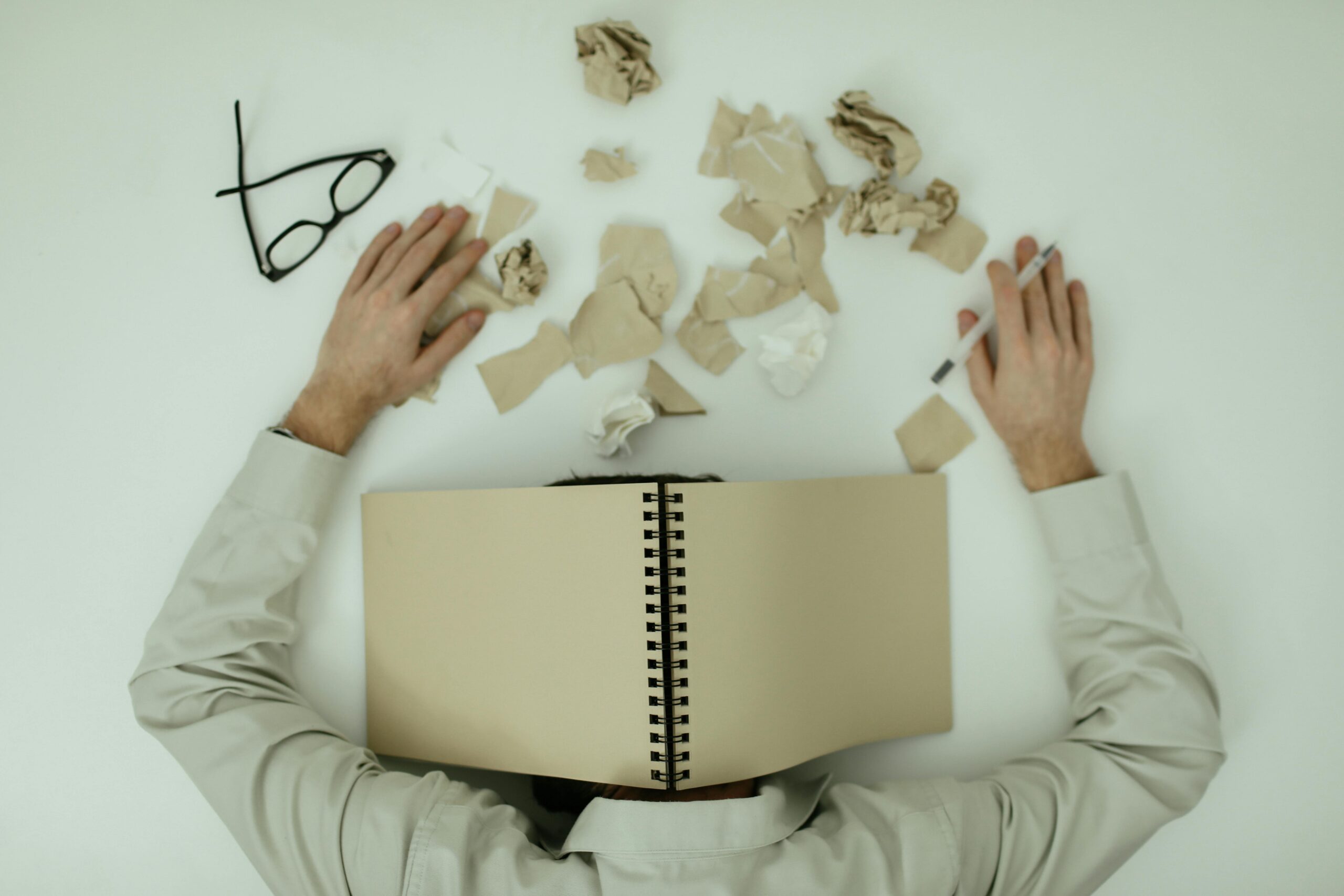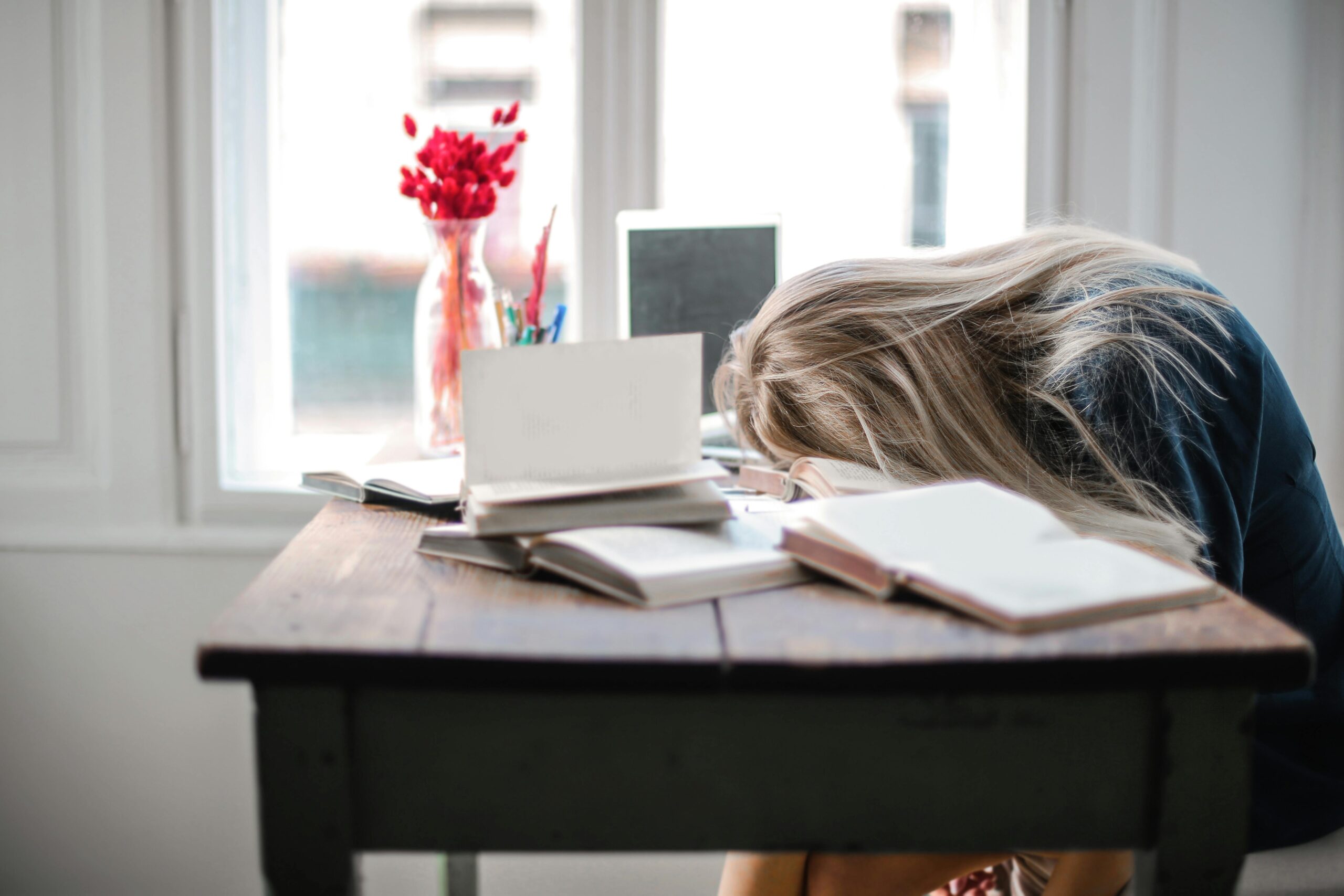In our busy lives anxiety has become a common companion for many people. From work pressures to the challenges of everyday life, stress and anxiety are taking a toll on mental well-being. Fortunately, there’s a simple yet powerful tool that can help alleviate anxiety symptoms: breathing techniques.
Breathing for anxiety relief is a practice that has been used for centuries to promote relaxation and calm the mind. By tapping into the body’s natural relaxation response, these techniques can help reduce feelings of stress and anxiety, allowing us to regain a sense of control and peace.
One such technique is the physiological sigh, a breathing technique that we do naturally as babies, when we are upset and during our sleep. In fact, even our pets utilise this natural technique during their sleep. As the name suggests, after taking a couple of breaths in, we sigh out depleting all the air from our lungs, shrinking the thoracic cavity in the chest which signals the brain to instruct the heart to slow down.
As we breathe we build up of carbon monoxide in our system and the physiological sigh is a natural response we do automatically, but we can consciously utilise this technique to disrupt a stress response.

By taking a deep breath in through the nose, followed by another sip, holding it for a few seconds, and then exhaling slowly through the mouth with a gentle sigh, we can reset the body’s stress response system, promoting a state of calmness and relaxation.
Another effective breathing technique for anxiety relief is the 4-7-8 technique. This simple yet powerful method involves inhaling deeply through the nose for a count of four, holding the breath for a count of seven, and then exhaling slowly through the mouth for a count of eight. By extending the exhalation phase, this technique helps activate the body’s parasympathetic nervous system, promoting rest and digest, switching off the fight or flight response.
In addition to these specific techniques, simply focusing on your breath and practicing mindful breathing can also help alleviate anxiety symptoms. By bringing your attention to the sensation of each breath as it enters and leaves your body, you can cultivate a sense of presence and calmness, making it easier to cope with stressful situations.
Whether you practice these techniques in the morning to start your day on a calm note, or use them during moments of heightened anxiety, breathing for anxiety relief can be a valuable tool for managing stress and promoting emotional resilience.
By incorporating practices like the physiological sigh and the 4-7-8 technique into your daily routine, you can tap into the body’s natural relaxation response and find relief from the grips of anxiety.
So take a deep breath, exhale slowly, and embrace the calming power of breathing.








